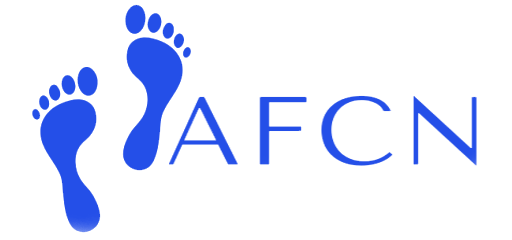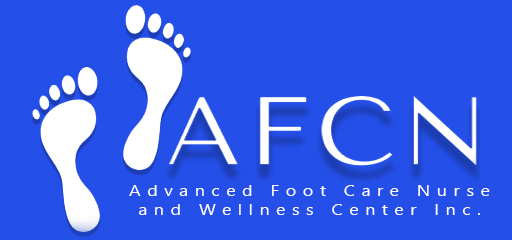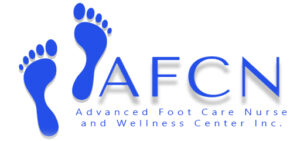The Importance of Sterilized Tools
in Foot Care: Gold Standard Practices
for Public Health

- Janis Boudreau
As we strive to maintain optimal foot health, it is crucial to ensure that the tools used for foot care are appropriately sterilized. Advanced Foot Care Nurses and wellness practitioners recognize the significance of employing gold-standard practices to meet Ontario’s public health reprocessing requirements. In this article, we will explore the importance of sterilized tools in foot care and shed light on the practices adopted by these professionals to ensure the overall well-being of their clients.
Why Sterilized Tools Matter:
Sterilized tools play a vital role in preventing the transmission of infection and maintaining foot health. Foot care involves various procedures that require the use of sharp instruments, such as clippers, scalpel blades, and probes. When these tools come into contact with the skin, they can potentially introduce harmful microorganisms if not properly sterilized. Infections resulting from unsterilized tools can lead to pain, discomfort, and even worse complications for patients. By prioritizing sterilization, foot care professionals demonstrate their dedication to ensuring client safety and reducing the spread of healthcare-associated infections.
Gold Standard Practices:
In Ontario, foot care professionals adhere to gold-standard practices that align with the province’s public health reprocessing requirements. These practices encompass every step of the sterilization process, guaranteeing the safety and well-being of the clients they serve.
1. Pre-Cleaning: Before any sterilization process begins, tools used in foot care are thoroughly cleaned to remove visible debris and organic material. This step reduces the risk of cross-contamination and ensures that the subsequent steps are effective.
2. Sterilization Techniques: Foot care professionals employ various sterilization techniques, such as autoclaving, chemical sterilization, and dry heat sterilization. These techniques eliminate microorganisms, including bacteria, viruses, and fungi, making the tools safe for use.
3. Packaging and Storage: Once sterilized, tools are carefully packaged in sterile wraps or pouches to maintain their sterility until needed. Properly labeled and stored packages ensure that the sterilized tools remain germ-free until they are used again.
4. Monitoring and Maintenance: To ensure the effectiveness of sterilization, foot care professionals also monitor and maintain their sterilization equipment. Regular equipment checks, maintenance, and tracking of sterilization cycles are essential practices followed to guarantee the highest standards of cleanliness and safety.
Benefits for Foot Care Professionals and Clients:
By adhering to gold standard practices of sterilization, foot care professionals and their clients experience a range of significant benefits:
1. Infection Prevention: Sterilized tools minimize the risk of infections, protecting both the professionals and their clients from harm.
2. Confidence and Peace of Mind: Clients can have confidence in the care provided by foot care professionals who follow rigorous sterilization practices. This ensures peace of mind, knowing that their foot health is in safe hands.
3. Compliance with Regulations: Foot care professionals who meet Ontario’s public health reprocessing requirements demonstrate their commitment to maintaining high standards of practice, ensuring compliance with provincial regulations.
Conclusion:
Foot care is a crucial aspect of overall health and wellness, and the use of sterilized tools cannot be emphasized enough. By adopting gold standard practices to meet Ontario’s public health reprocessing requirements, advanced foot care nurses and wellness practitioners ensure the safety, comfort, and well-being of their clients. The diligent adherence to sterilization procedures prevents infections, promotes confidence, and establishes compliance with regulations. Together, these efforts foster a healthier and safer foot care experience for all.




